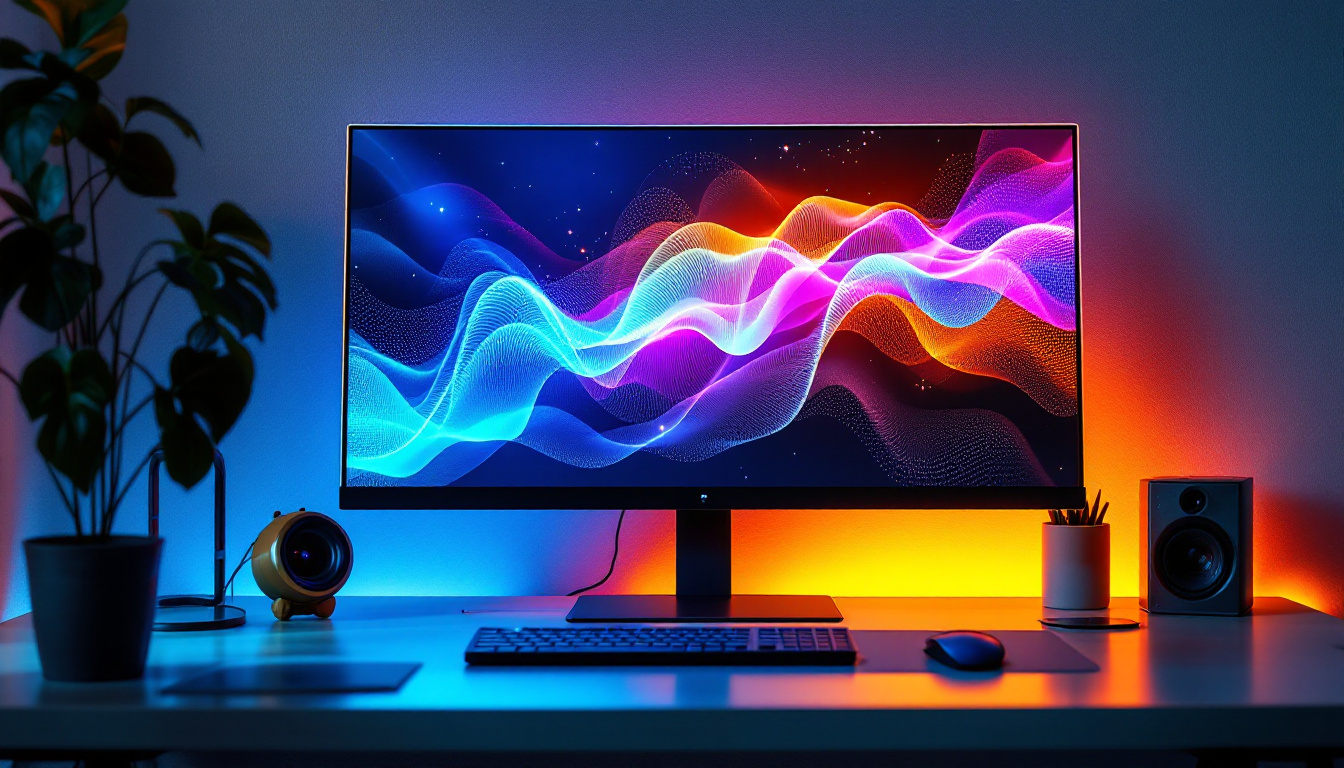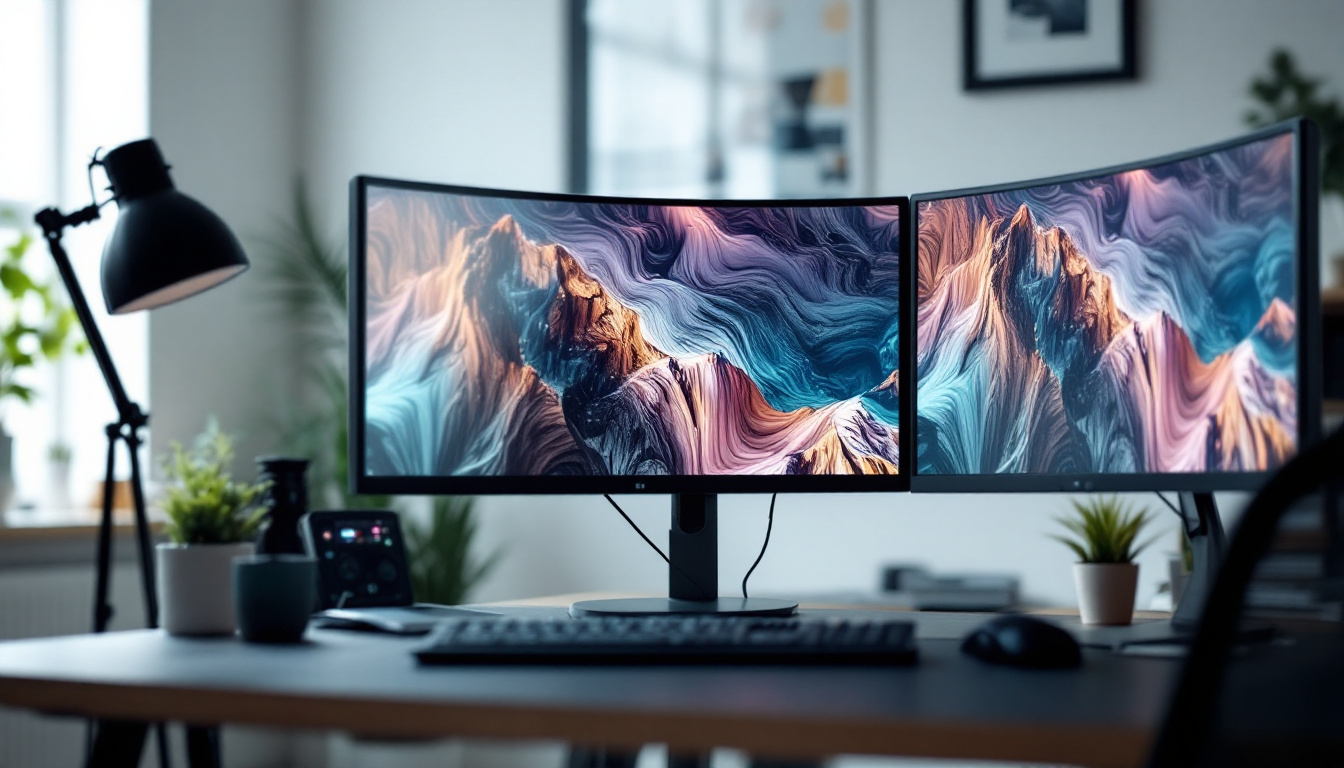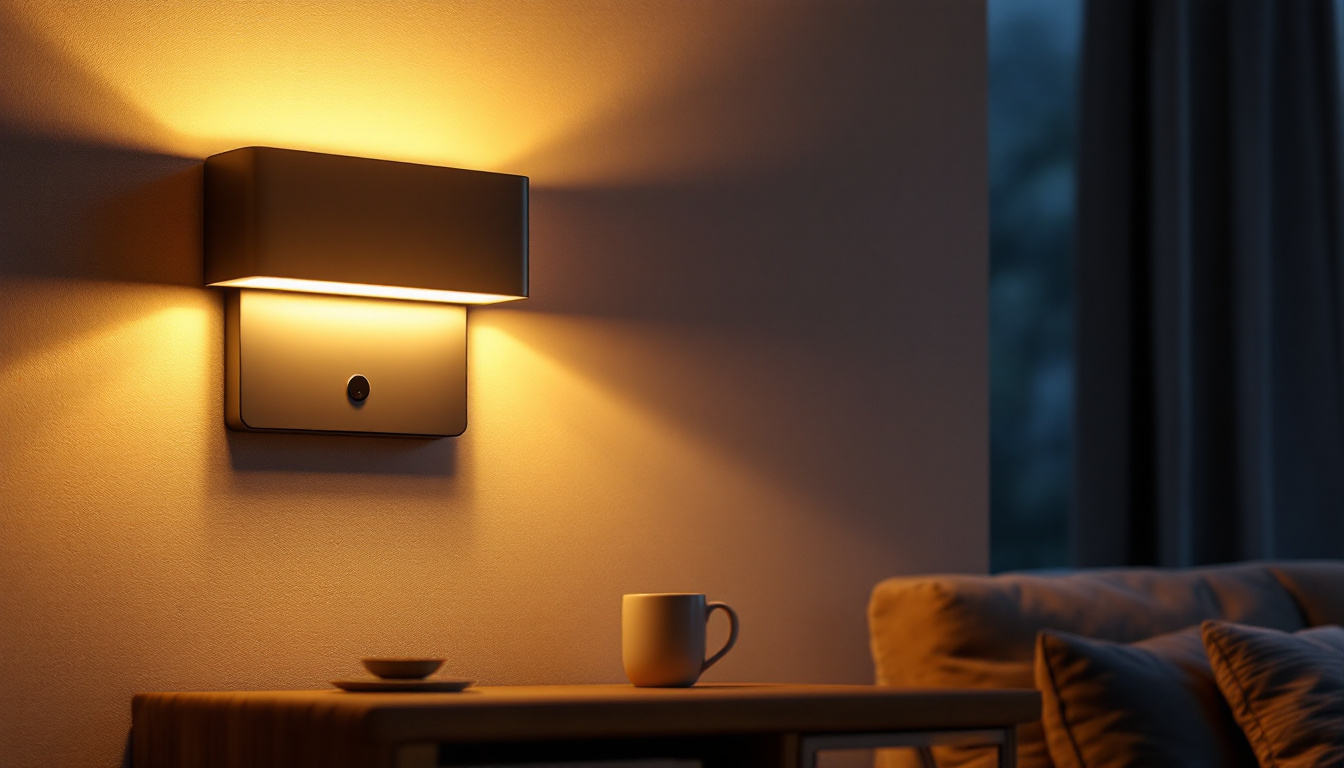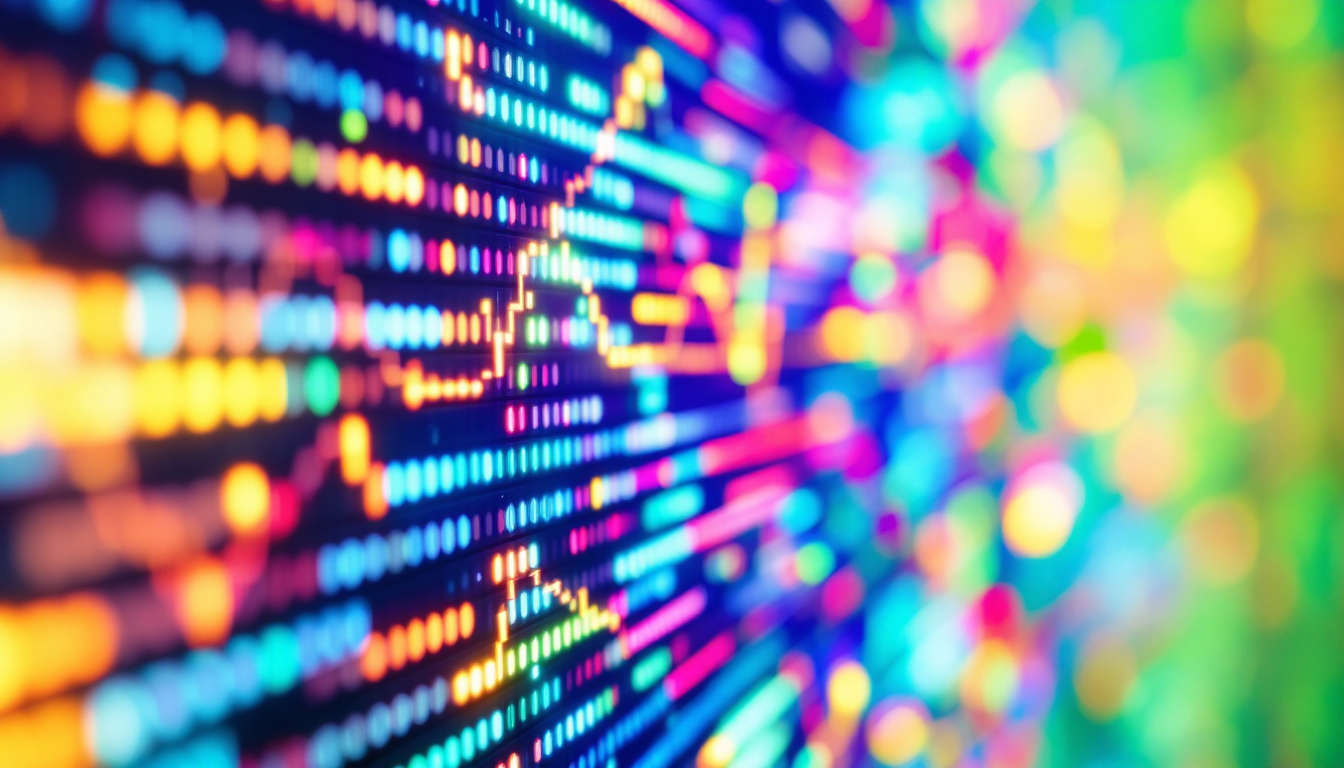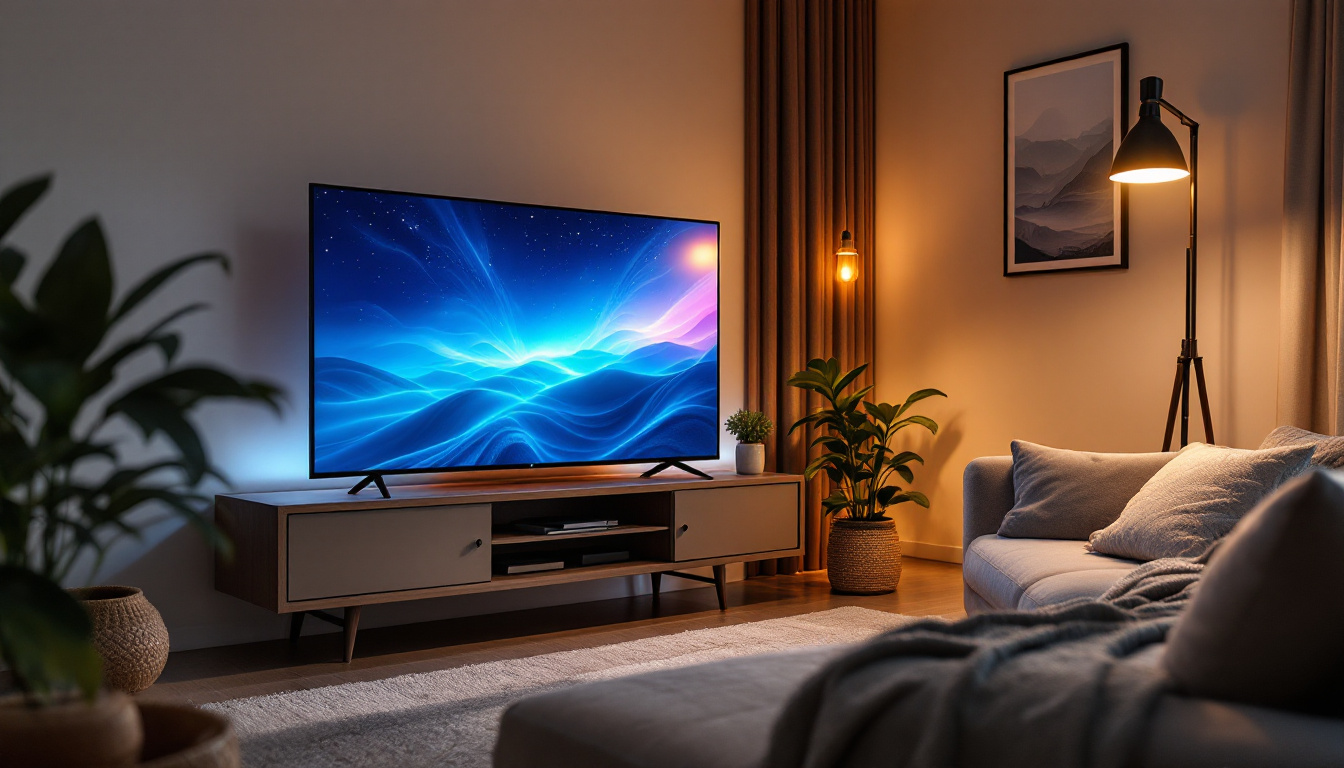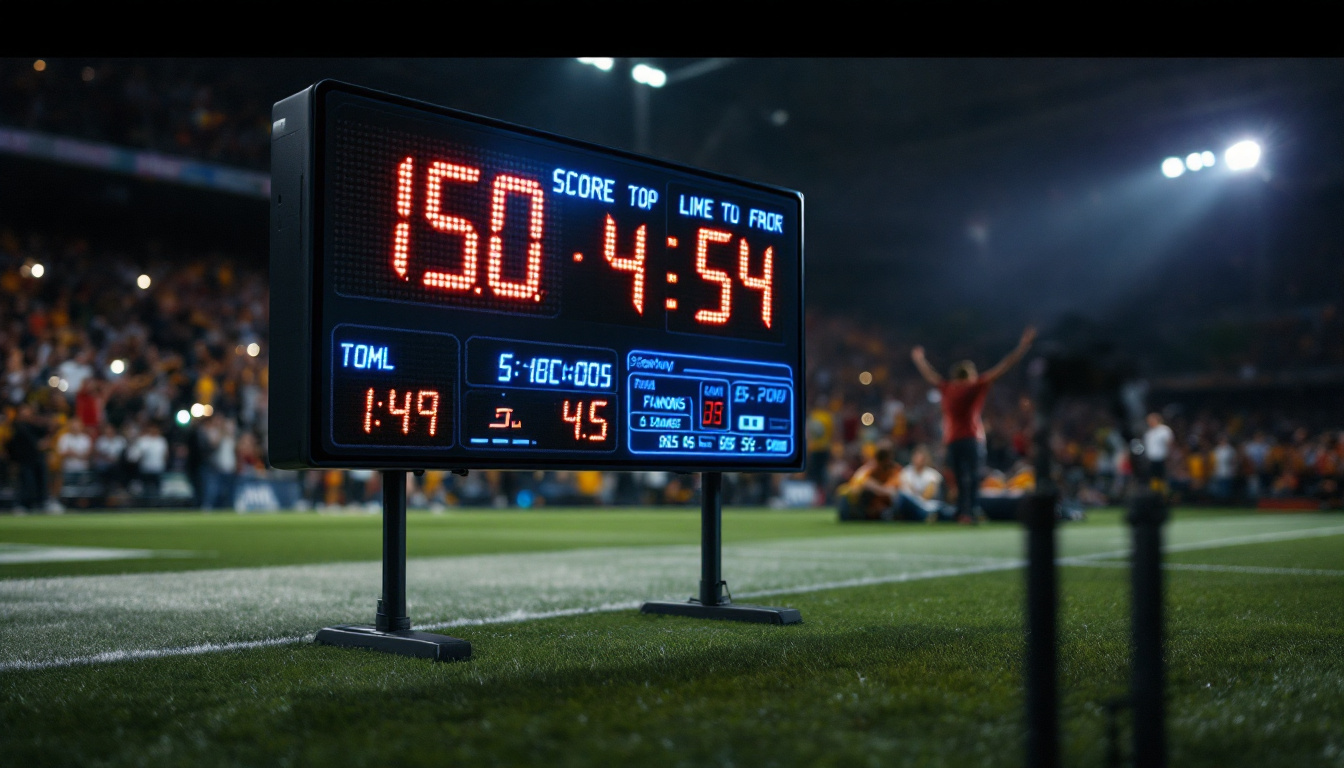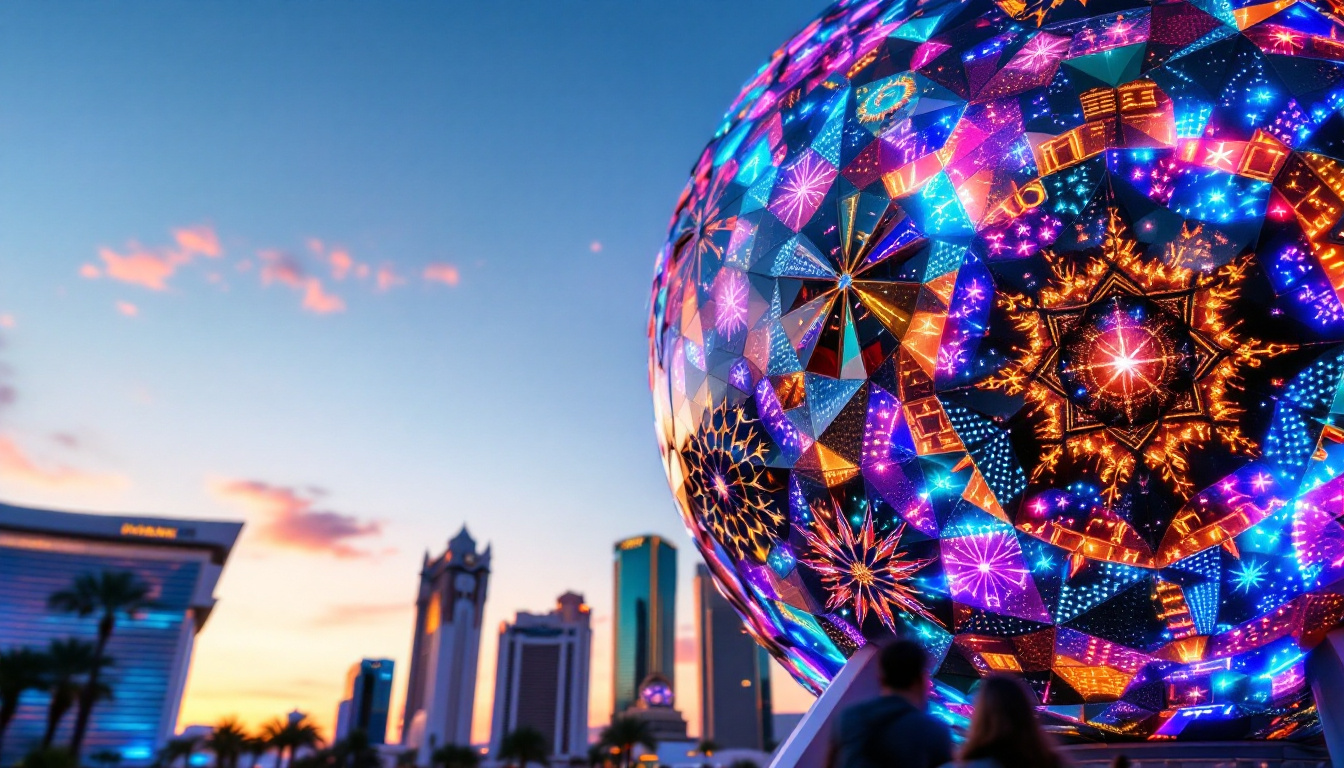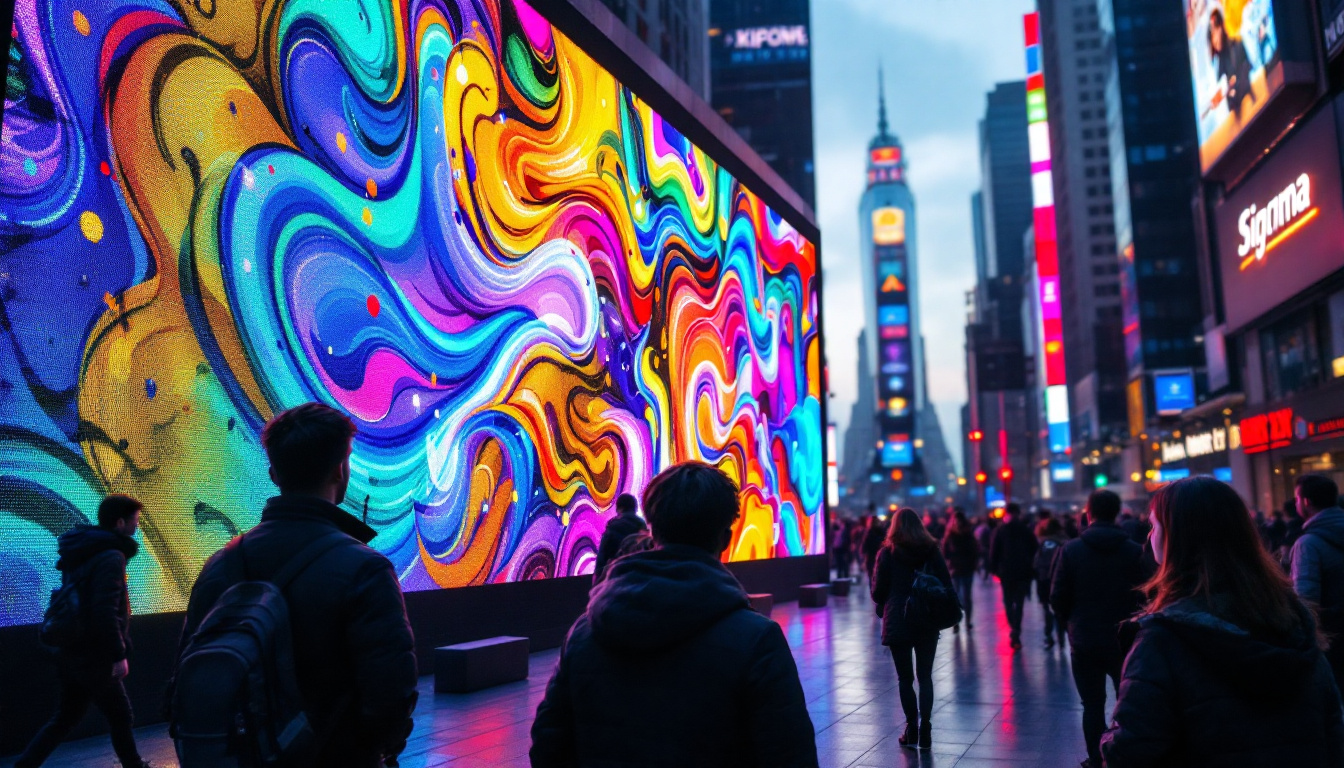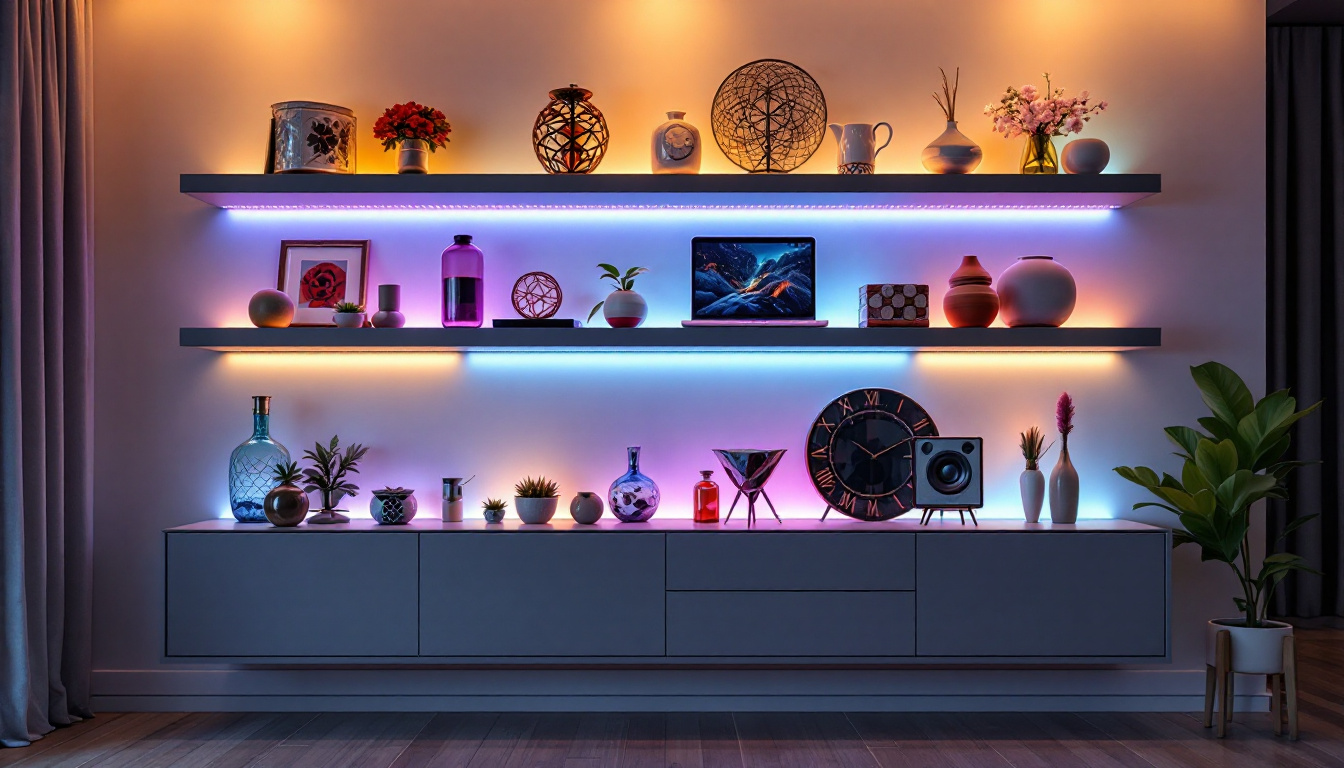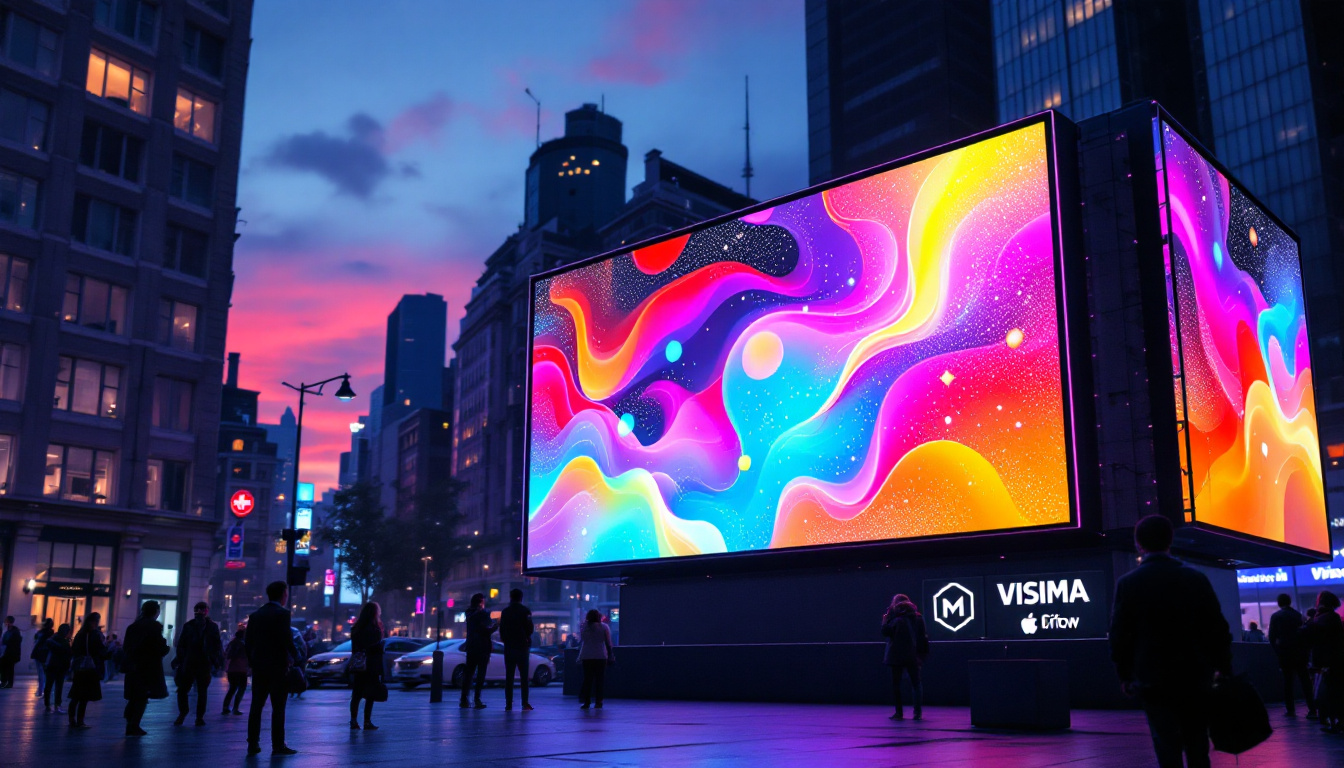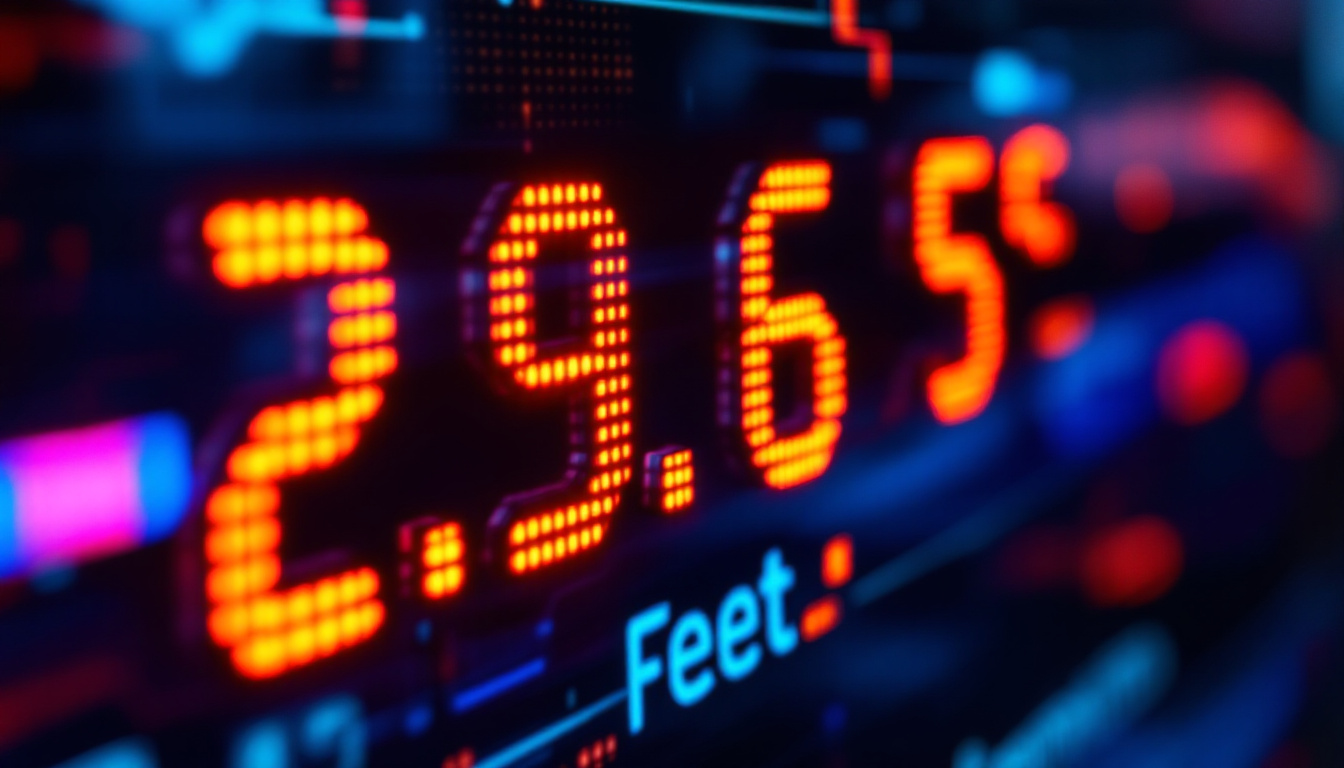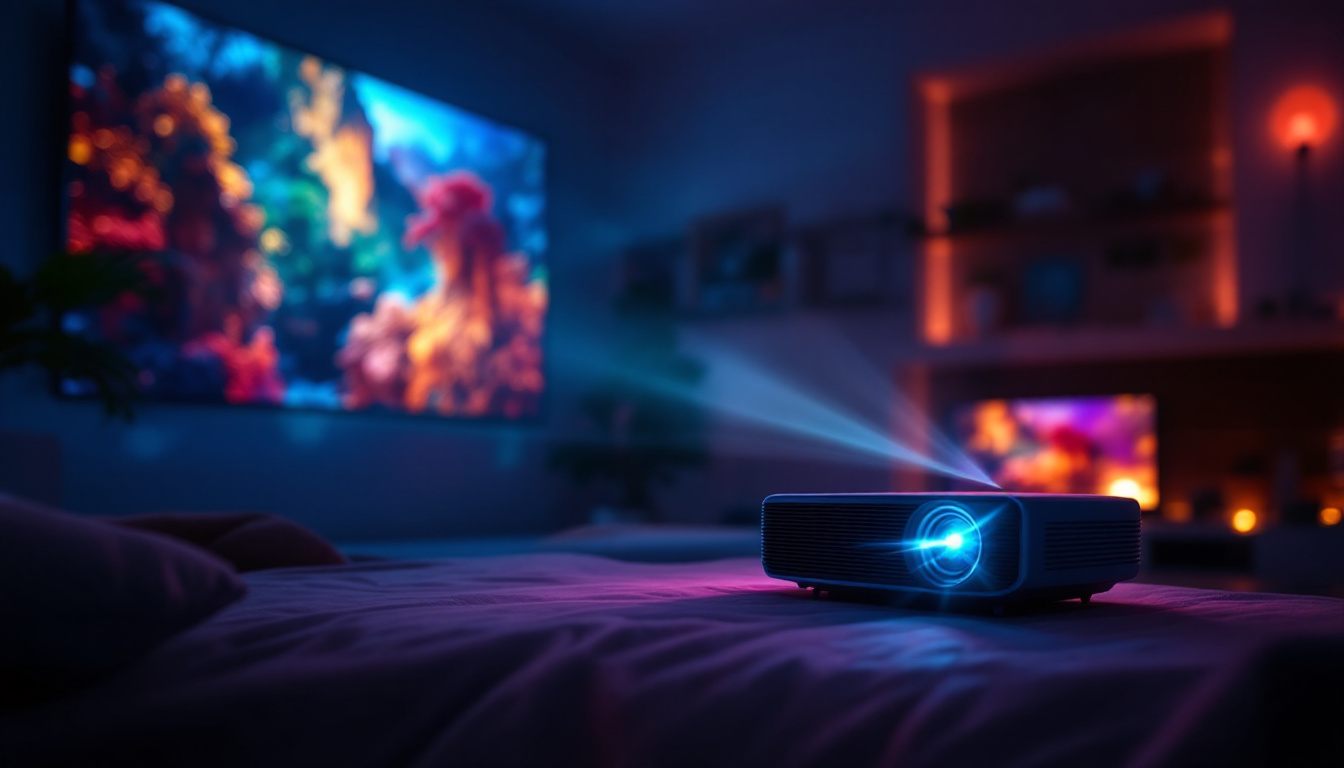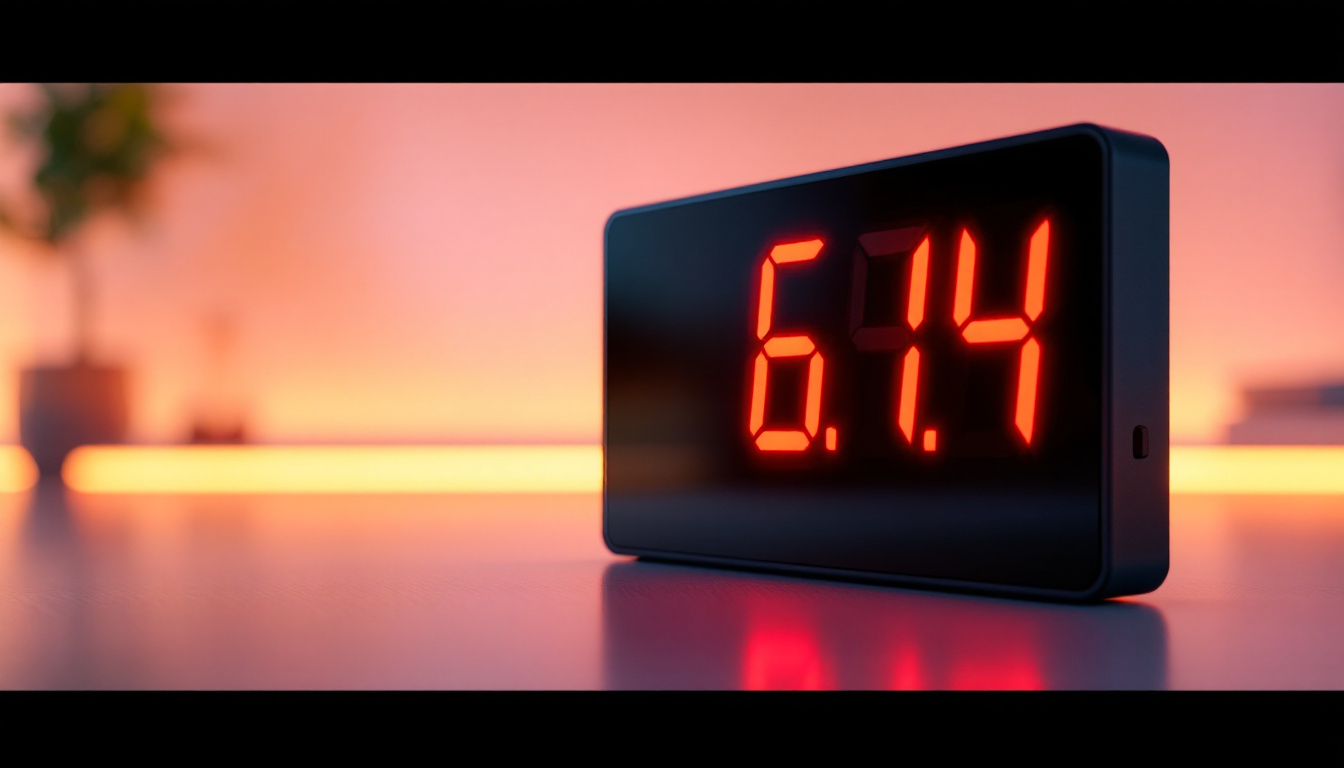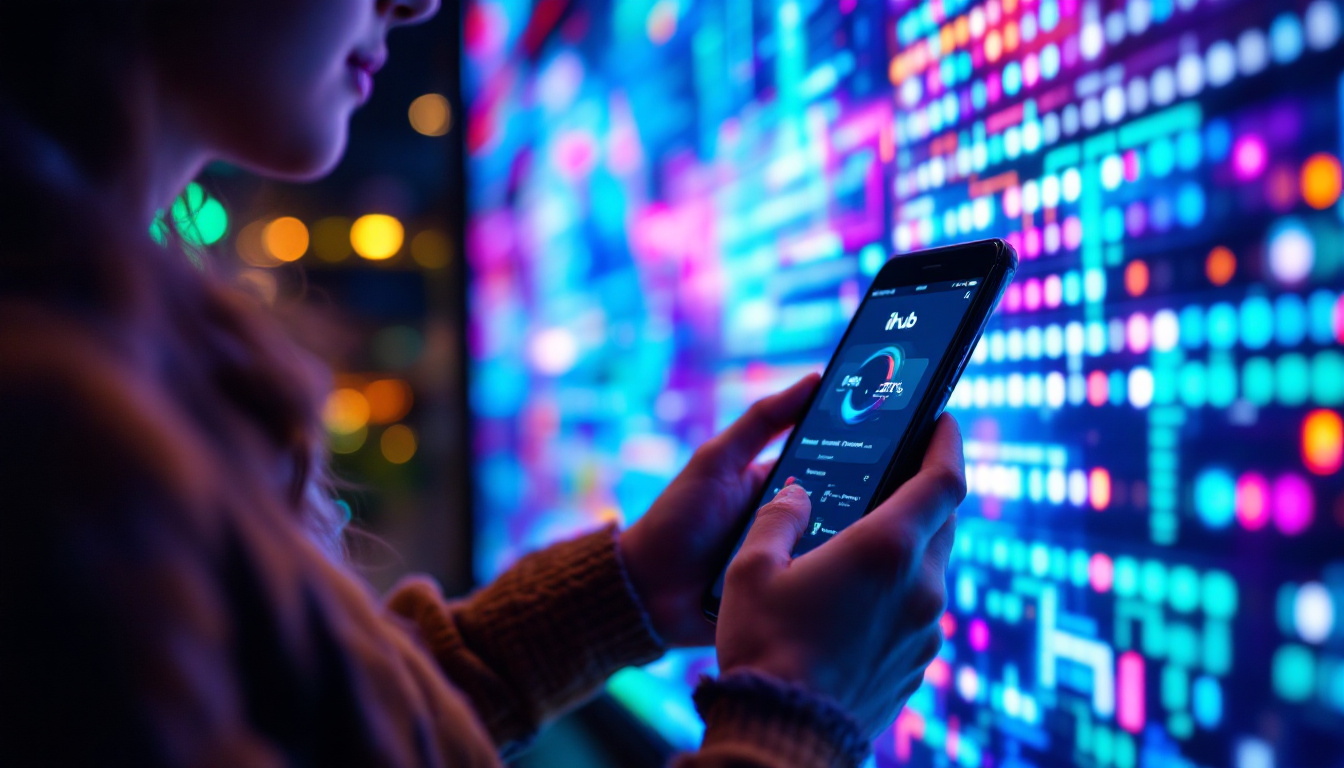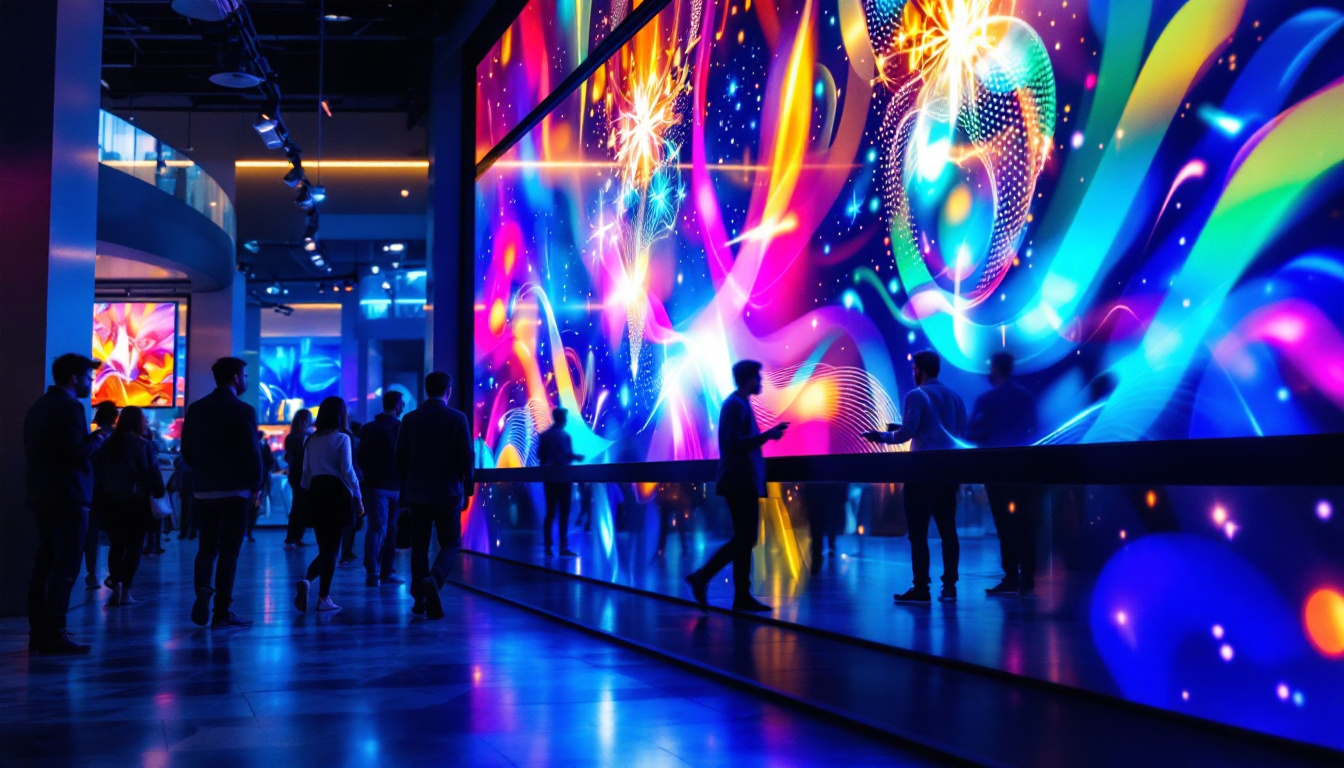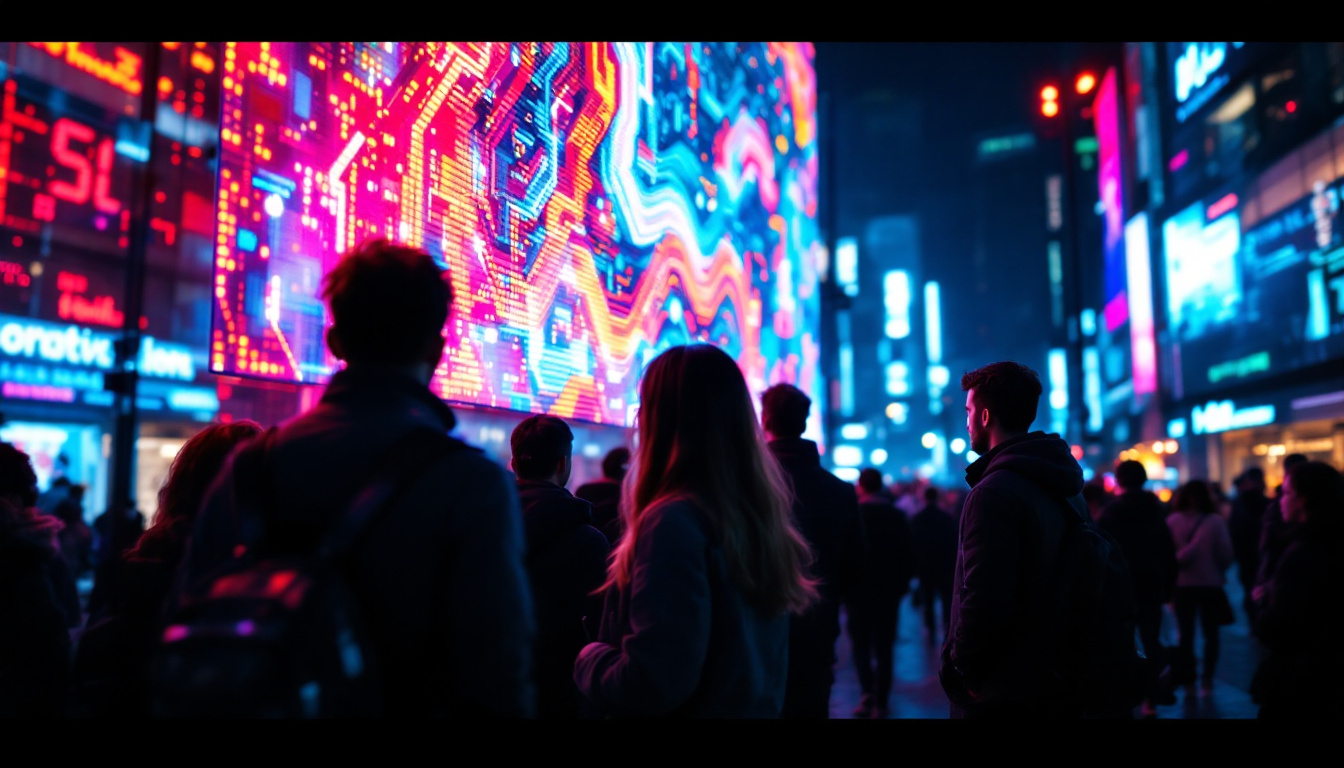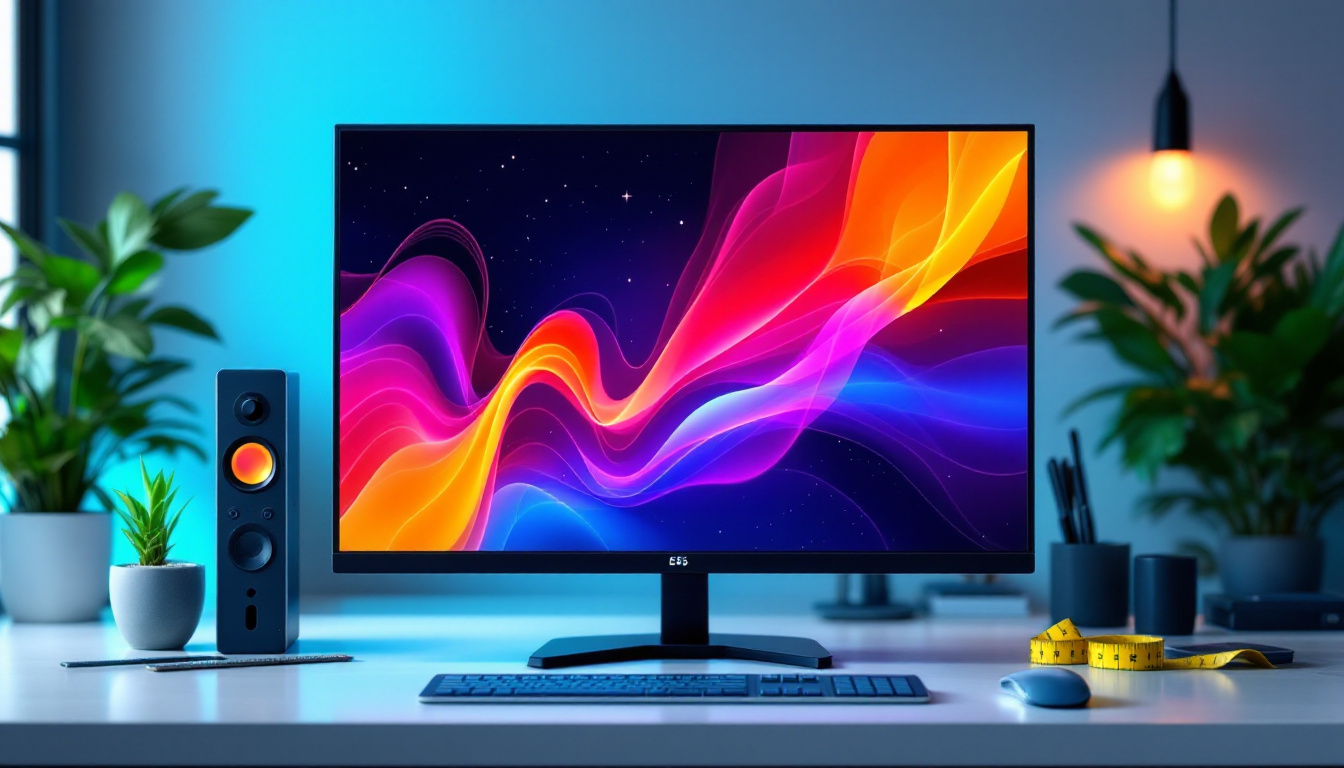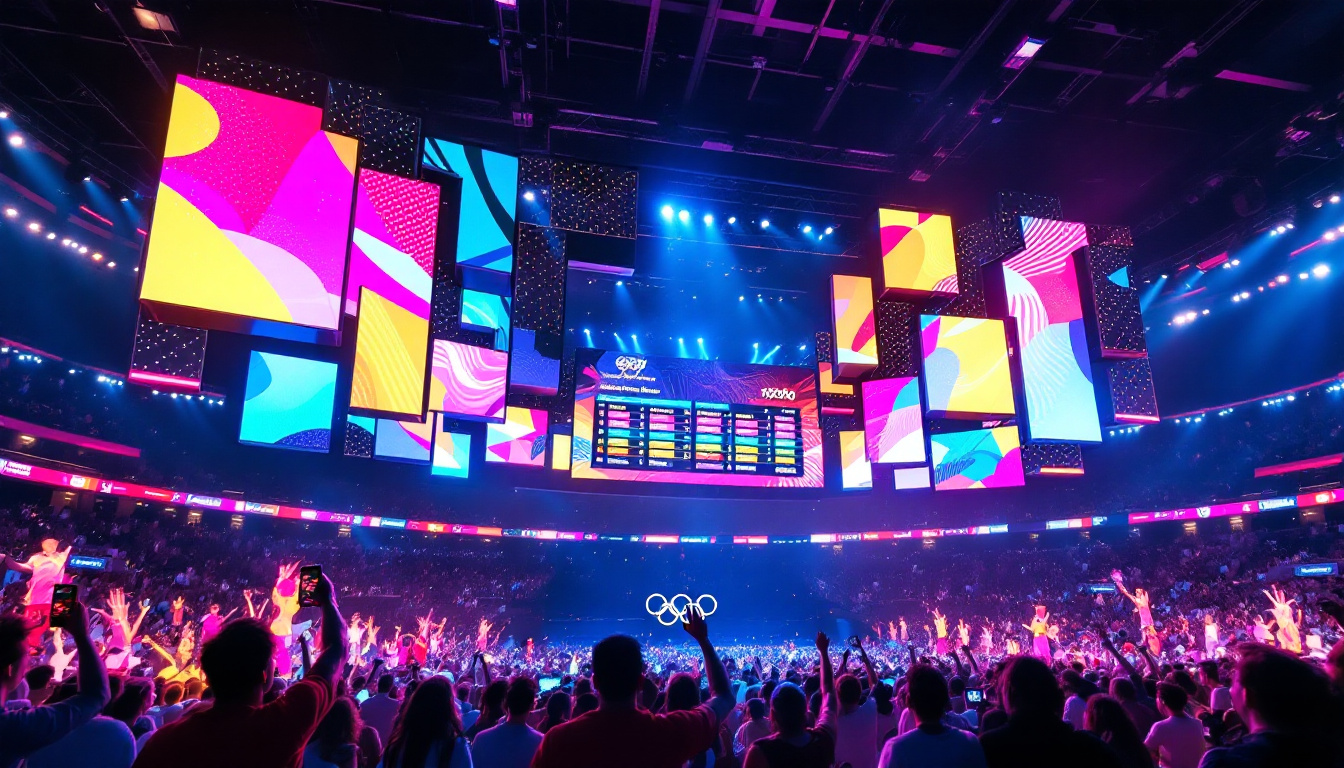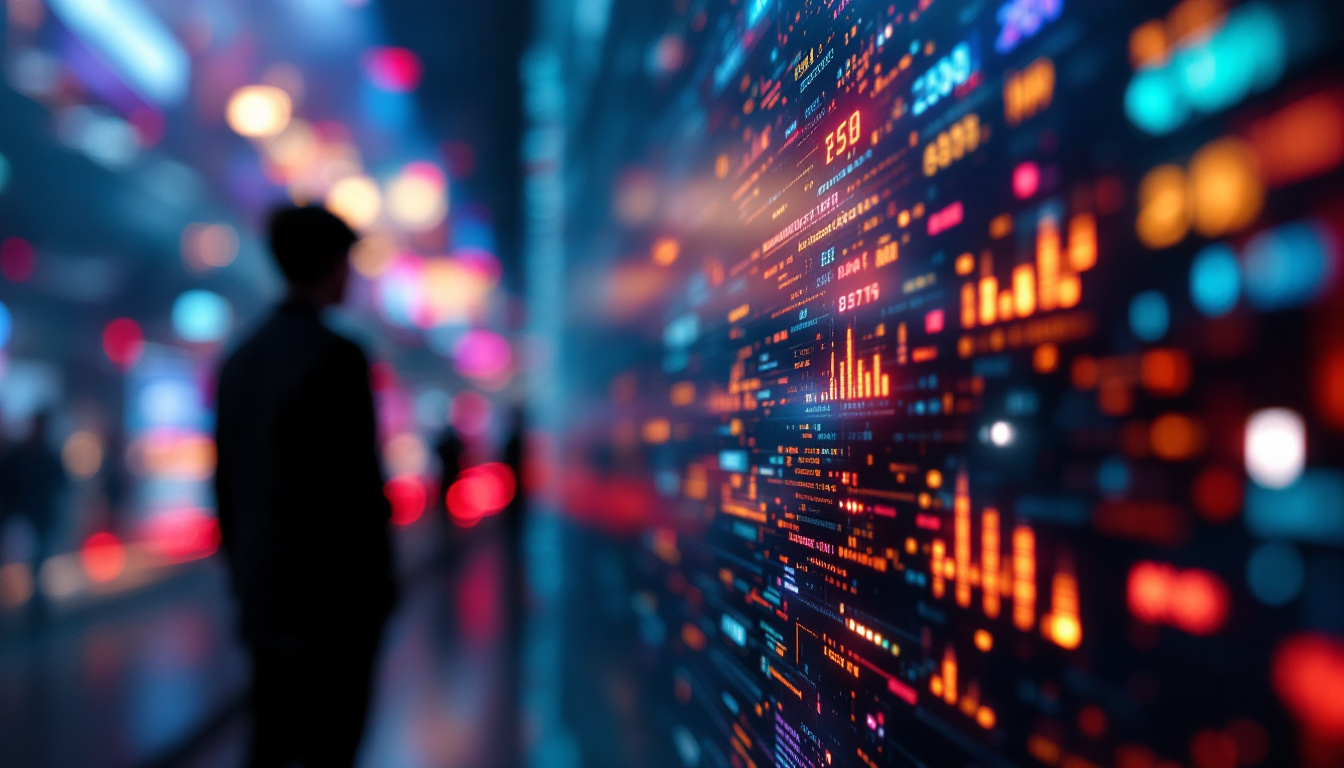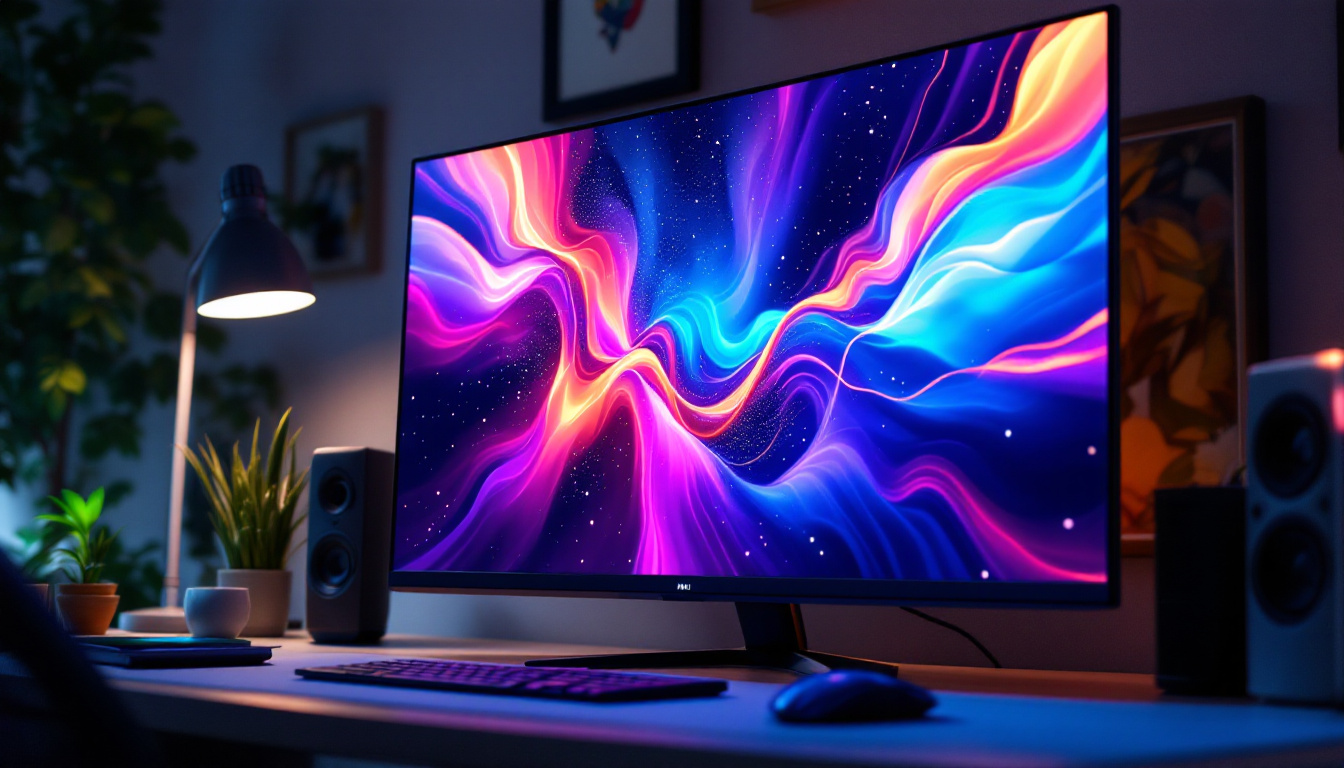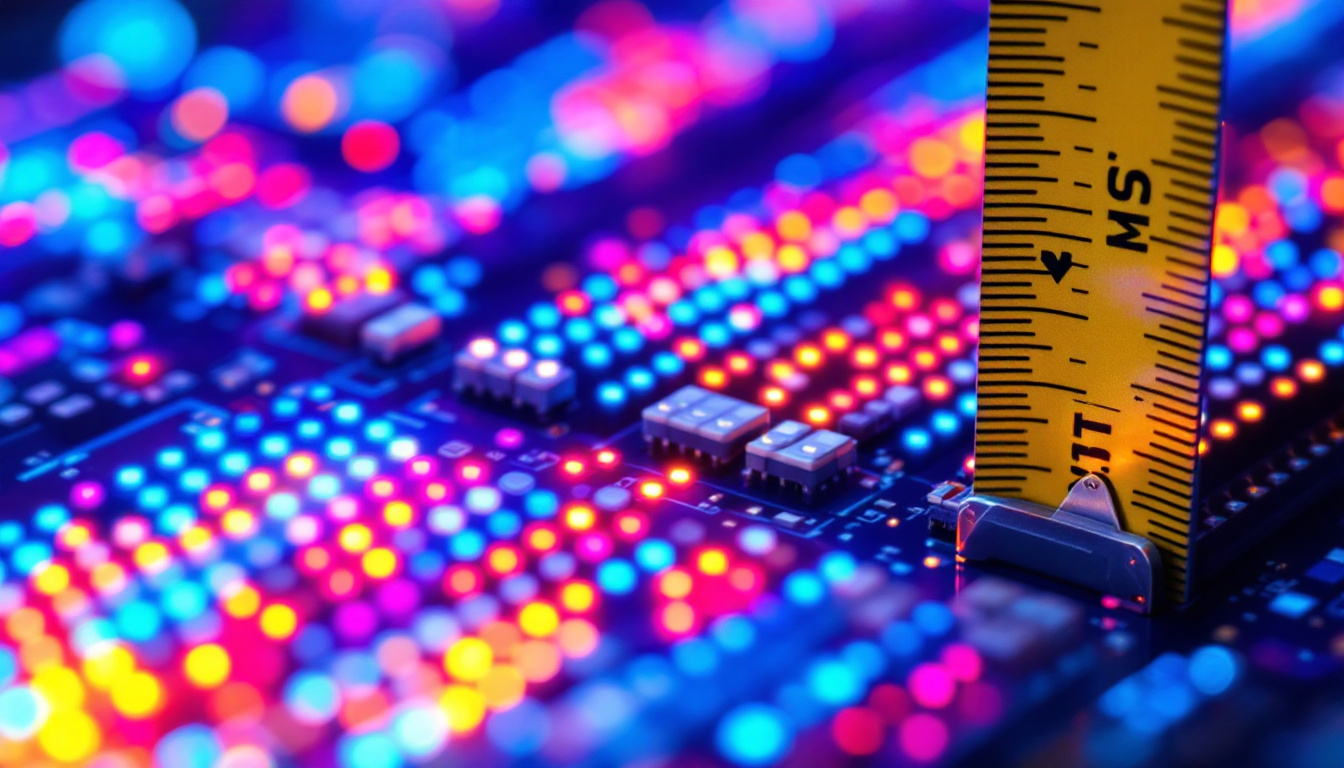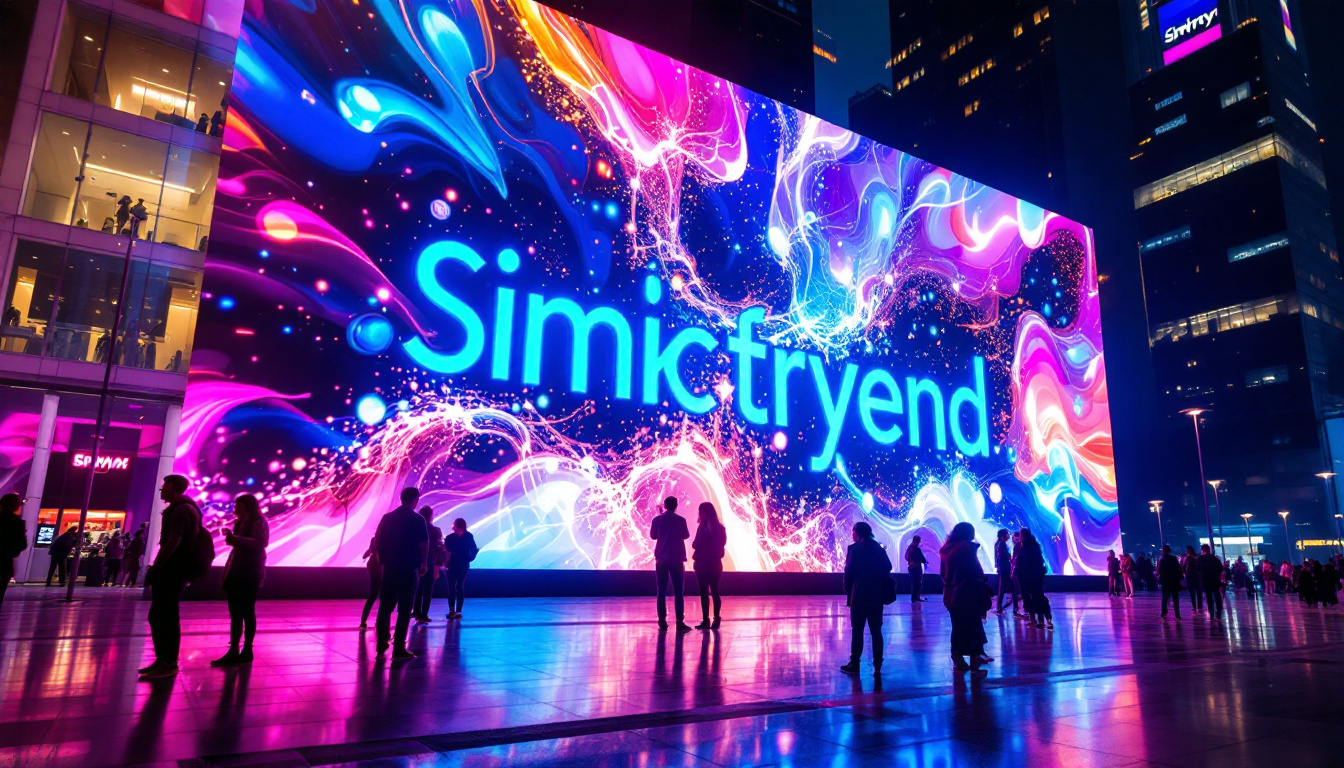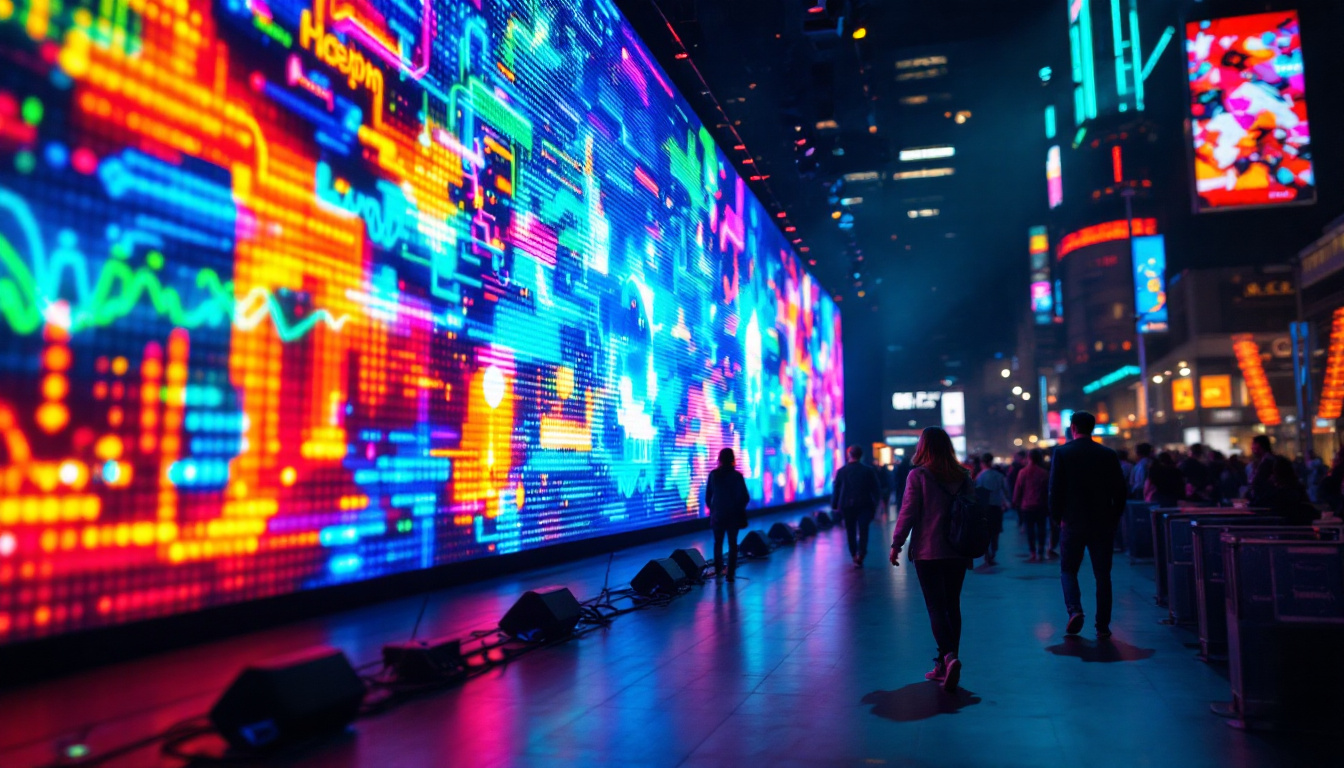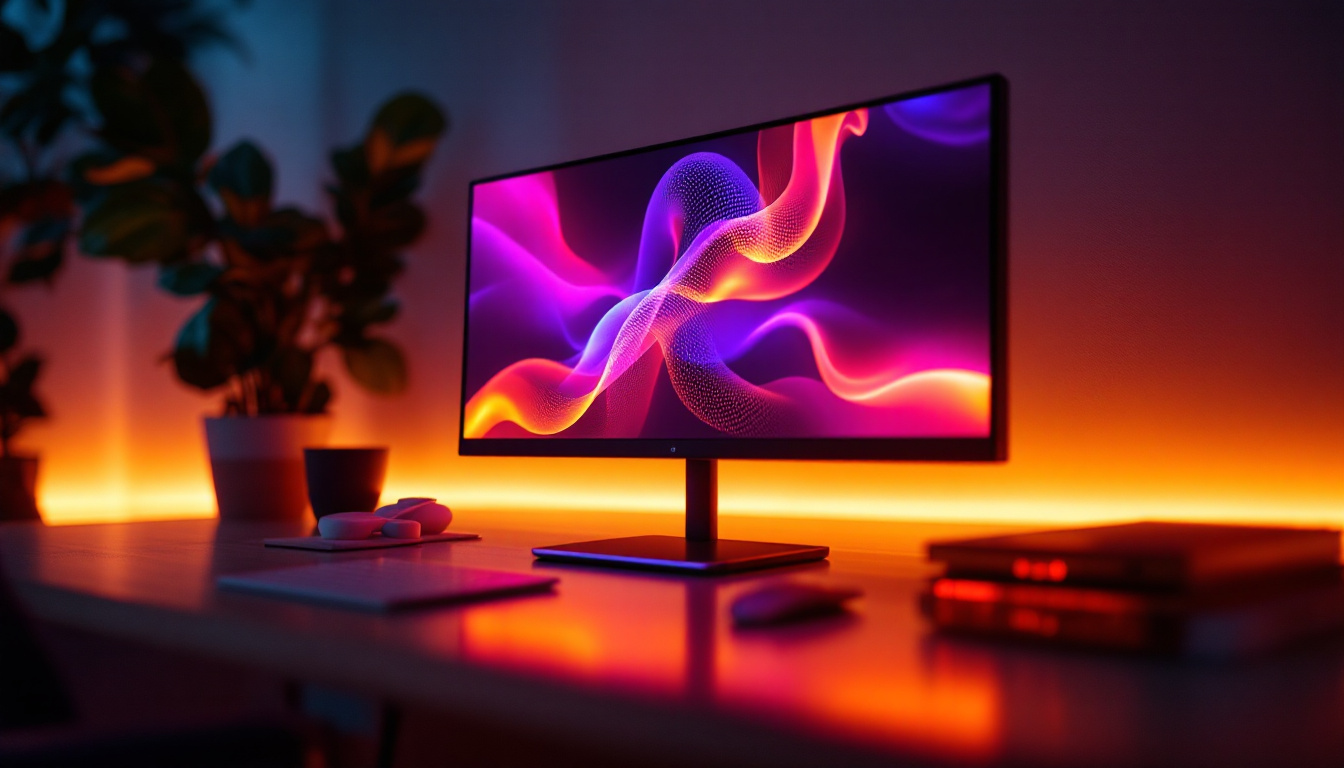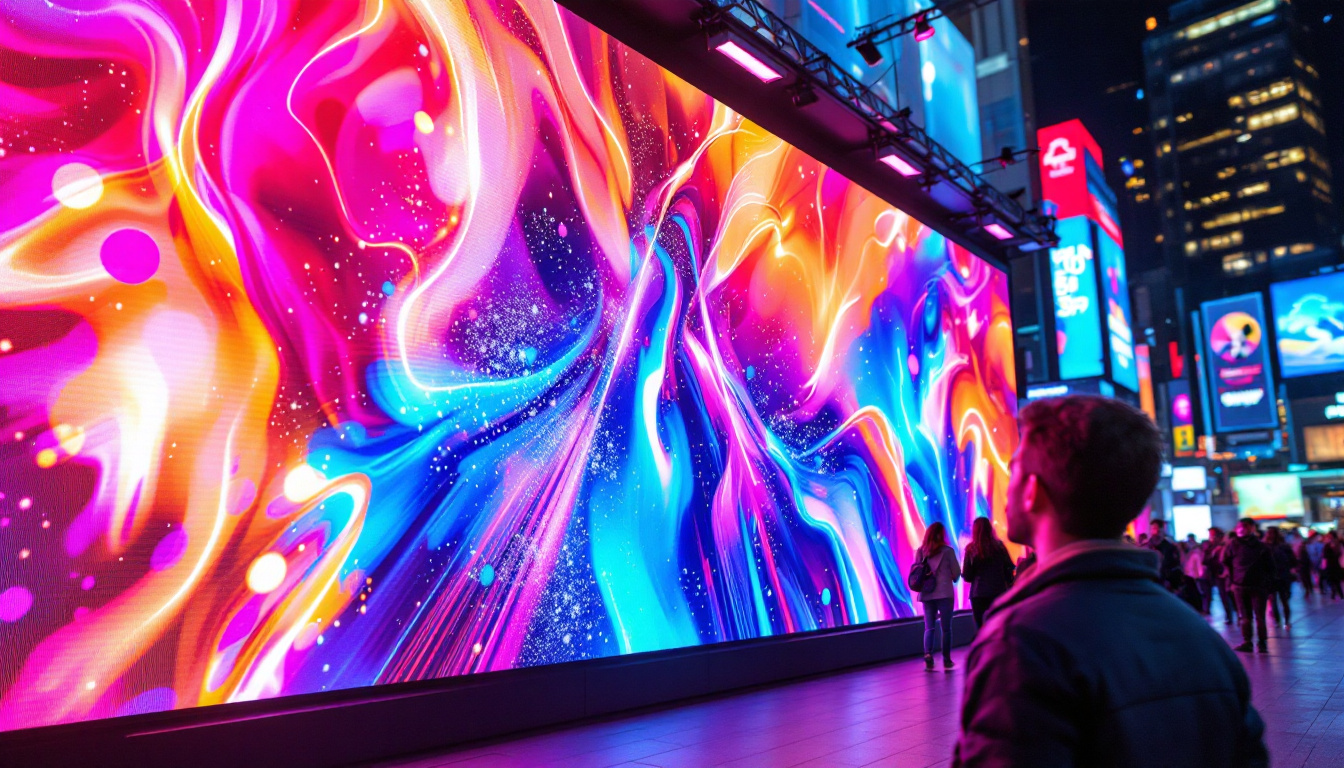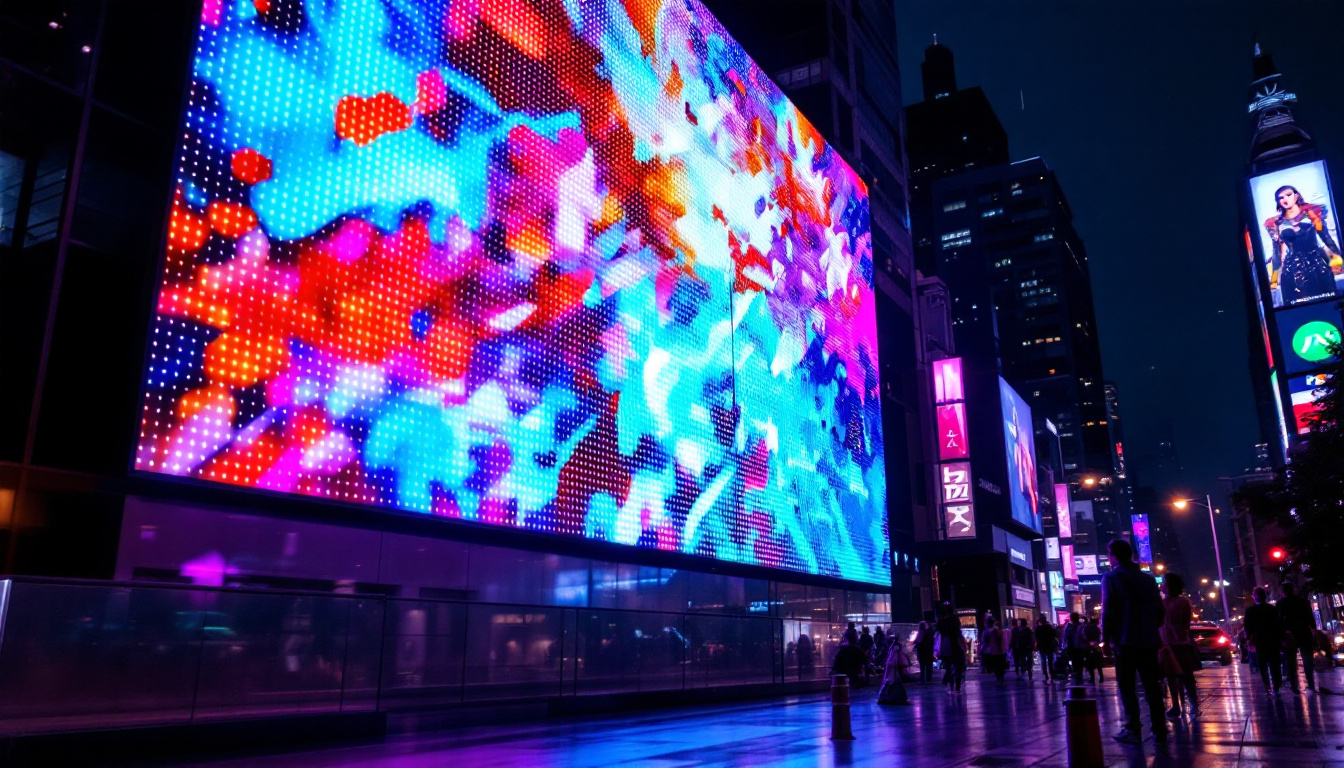The evolution of display technology has transformed the way we interact with computers and digital devices. Among the latest innovations is the clear glass computer display, which combines aesthetic appeal with cutting-edge functionality. This article delves into the intricacies of LED displays, exploring their features, advantages, and the technology behind this modern marvel.
Understanding LED Technology
Light Emitting Diodes (LEDs) have become the cornerstone of modern display technology. Unlike traditional LCD screens, which rely on backlighting and liquid crystals, LED displays utilize semiconductor technology to emit light directly. This results in brighter images, more vibrant colors, and a thinner design that can be applied to various surfaces, including clear glass. The evolution of LED technology has not only transformed the way we view content but also how we interact with our environments, paving the way for innovative applications in both commercial and residential settings.
The Basics of LED Operation
At its core, an LED is a diode that emits light when an electric current passes through it. This process is known as electroluminescence. The materials used in the diode determine the color of the light emitted. By combining different colored LEDs, manufacturers can create full-spectrum displays capable of producing a wide range of colors. This versatility is crucial for applications ranging from digital signage to intricate art installations, where color precision can significantly enhance the viewer’s experience.
LEDs can be arranged in various configurations, such as RGB (red, green, blue) or monochrome setups, to create different visual effects. This flexibility allows designers to innovate and create displays that are not only functional but also visually striking. Furthermore, advancements in LED technology have led to the development of smart lighting systems that can be controlled remotely, allowing users to adjust brightness and color temperature according to their preferences or needs, thus enhancing the ambiance of any space.
Types of LED Displays
LED displays can be categorized into several types, each with its unique characteristics and applications. The most common types include:
- Direct View LED (DVLED): These displays use individual LEDs to form images and are often used in large-scale applications like billboards and stadium screens. Their high brightness and visibility make them ideal for outdoor advertising, where they can capture the attention of passersby even in bright sunlight.
- Organic LED (OLED): OLED technology utilizes organic compounds that emit light when an electric current is applied. These displays offer superior contrast and color accuracy, making them popular in high-end televisions and smartphones. Additionally, OLED screens are known for their ability to achieve true blacks, as individual pixels can be turned off completely, providing an immersive viewing experience.
- MicroLED: This is an emerging technology that promises even better performance than OLED, with higher brightness levels and improved energy efficiency. MicroLED displays are made up of tiny, self-emissive pixels that can be arranged in various sizes and shapes, allowing for unprecedented flexibility in design and application.
As the demand for high-quality visual displays continues to grow, the LED technology landscape is evolving rapidly. Innovations such as flexible LED screens and transparent displays are on the horizon, offering exciting possibilities for both consumer electronics and architectural design. The integration of LED technology into everyday life is not only enhancing visual experiences but also contributing to energy savings and sustainability, making it a pivotal element of modern technology.
Clear Glass Displays: A New Frontier
Clear glass computer displays represent a significant advancement in display technology. By integrating LED technology with transparent materials, manufacturers have created screens that can blend seamlessly into their surroundings while providing high-quality visuals.
Design and Aesthetics
The primary appeal of clear glass displays lies in their sleek and modern design. These displays can be installed in various environments, from corporate offices to retail spaces, enhancing the overall aesthetic. The transparency of the glass allows for a minimalist approach, making it possible to showcase products or information without obstructing the view of the surrounding area.
Moreover, the ability to customize the size and shape of these displays opens up new possibilities for architects and interior designers. Clear glass displays can be integrated into walls, tables, or even windows, creating immersive experiences that captivate audiences.
Functionality and Usability
Beyond aesthetics, clear glass computer displays offer practical benefits. They can be used for interactive applications, allowing users to engage with content in a novel way. Touch-sensitive technology can be incorporated, enabling users to navigate menus, select options, and interact with digital content directly on the glass surface.
This functionality is particularly advantageous in environments where space is limited. For instance, in retail settings, clear glass displays can serve as both a product showcase and an information hub, providing customers with essential details without the need for additional signage.
Advantages of Clear Glass LED Displays
Clear glass LED displays offer numerous advantages that set them apart from traditional display technologies. Understanding these benefits can help businesses and consumers make informed decisions about their display needs.
Enhanced Visibility and Brightness
One of the standout features of LED technology is its brightness. Clear glass displays can achieve high levels of luminance, making them visible even in well-lit environments. This is particularly important for outdoor applications, where sunlight can wash out the images on traditional screens.
The high contrast ratio of LED displays also contributes to improved visibility. Darker blacks and brighter whites enhance the overall image quality, making content more engaging and easier to read.
Energy Efficiency
Energy efficiency is another significant advantage of LED technology. Compared to traditional display technologies, LED displays consume less power, which can lead to substantial cost savings over time. This is especially relevant for businesses that operate large displays or multiple screens, as reduced energy consumption translates to lower electricity bills.
Furthermore, the longevity of LED displays means that they require less frequent replacements, further contributing to their cost-effectiveness and sustainability.
Applications of Clear Glass LED Displays
The versatility of clear glass LED displays allows them to be used in a wide range of applications. From advertising to information dissemination, these displays are making their mark across various industries.
Retail and Advertising
In the retail sector, clear glass displays are revolutionizing the way products are showcased. They can be used to create eye-catching displays that attract customers while providing essential information about products. For example, a clear glass display integrated into a storefront window can showcase merchandise while allowing passersby to see inside the store.
Additionally, these displays can be used for dynamic advertising, allowing businesses to update content in real-time. This flexibility enables brands to respond quickly to market trends and customer preferences, ensuring that their messaging remains relevant.
Corporate Environments
In corporate settings, clear glass displays can enhance communication and collaboration. They can be used in conference rooms to present information during meetings or as interactive whiteboards for brainstorming sessions. The transparency of the glass ensures that the display does not disrupt the flow of the room, maintaining a professional and open atmosphere.
Moreover, these displays can serve as digital signage in lobbies or reception areas, providing visitors with information about the company, upcoming events, or directions within the building.
Smart Homes and IoT Integration
As smart home technology continues to evolve, clear glass displays are becoming integral to home automation systems. They can be used as control panels for smart devices, allowing users to manage lighting, security, and climate control from a single interface.
Furthermore, the integration of IoT technology allows clear glass displays to provide real-time data and analytics, enhancing the user experience and making homes more efficient. For instance, a clear glass display in the kitchen could show recipes, nutritional information, or even grocery lists, all while blending seamlessly into the home’s decor.
Challenges and Considerations
Despite the numerous advantages of clear glass LED displays, there are challenges and considerations that potential users should keep in mind. Understanding these factors can help in making informed decisions about their use.
Cost Implications
One of the primary challenges associated with clear glass displays is the cost. The technology involved in manufacturing high-quality LED displays, particularly those that are transparent, can be expensive. This may limit accessibility for smaller businesses or individuals looking to invest in this technology.
However, as the technology matures and production processes become more efficient, it is expected that prices will decrease, making clear glass displays more accessible to a broader audience.
Durability and Maintenance
While clear glass displays are designed to be durable, they are still susceptible to damage from impacts or harsh environmental conditions. Proper care and maintenance are essential to ensure their longevity. Regular cleaning and protective measures can help mitigate potential damage.
Additionally, users should consider the warranty and support options available when investing in clear glass displays. Ensuring that there is adequate support for maintenance and repairs can alleviate concerns about long-term usability.
The Future of Clear Glass Displays
The future of clear glass computer displays looks promising, with ongoing advancements in technology and design. As manufacturers continue to innovate, we can expect to see even more applications and improvements in performance.
Technological Innovations
Emerging technologies such as augmented reality (AR) and virtual reality (VR) are likely to play a significant role in the evolution of clear glass displays. By integrating AR capabilities, these displays could provide users with interactive experiences that blend the digital and physical worlds.
Moreover, advancements in energy efficiency and sustainability will continue to shape the development of LED technology. As consumers become more environmentally conscious, the demand for eco-friendly display solutions will drive innovation in this area.
Market Trends
As clear glass displays gain traction in various industries, market trends will likely shift towards more personalized and interactive experiences. Businesses will seek to leverage this technology to create unique customer interactions that enhance brand loyalty and engagement.
Additionally, as smart home technology becomes more prevalent, the integration of clear glass displays into everyday life will become increasingly common, further solidifying their place in the market.
Conclusion
Clear glass computer displays represent a significant leap forward in display technology, combining aesthetic appeal with advanced functionality. With their numerous advantages, including enhanced visibility, energy efficiency, and versatility, these displays are poised to transform various industries.
As technology continues to evolve, the potential applications for clear glass LED displays will only expand, offering exciting opportunities for businesses and consumers alike. Embracing this innovation can lead to enhanced experiences, improved communication, and a more engaging interaction with the digital world.
Discover LumenMatrix’s Innovative LED Displays
Ready to elevate your visual experience with the latest in display technology? LumenMatrix offers a comprehensive range of LED display solutions tailored to meet your needs. From captivating Indoor and Outdoor LED Wall Displays to dynamic Vehicle and Sports LED Displays, our products are designed to enhance brand visibility and engage your audience. Explore our innovative LED Poster Displays, interactive Floor LED Displays, and the sleek LED Transparent Display. Join the revolution in visual communication with LumenMatrix and transform your space with our All-in-One LED Display solutions. Check out LumenMatrix LED Display Solutions and start creating unforgettable visual experiences today.

